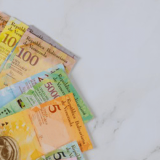- Millennials and Gen Z Payment Preferences
- Why Millennials and Gen Z Prefer Digital Wallets?
- Challenges facing Millennials and Gen Z: Security and Privacy Concerns
- Why Millennials and Gen Z Trust Biometrics?
- BNPL as a Popular Method of Contactless Payment
- Environmental Consciousness Increasing Contactless Payments Among Millennials and Gen Z
- Importance of contactless limits for Millennials and Gen Z
- Wrapping Up........
How Millennials and Gen Z are Shaping the Future of Contactless Payments?

The Millennials and Gen Z customers set the latest trends in payments and transactions. Previous studies show they will have the highest purchasing power by 2030 or 2032. But their demands are very specific. They want simple payment options during checkout or at PoS. At the same time, they want their transactions to be secure, too.
Millennials and Gen Z are very fond of digital wallet payments. They also despise old-school methods like credit card payments. But they are growing fond of BNPLs.
Despite growing popularity, contactless payment options face many security challenges and privacy concerns. Breach of personal banking data is one of the most common security issues.
This article peeks into Millennials and Gen Z’s most favored contactless payment choices in the USA. These methods are more than just fast and straightforward. These are ethical as well.
Millennials and Gen Z Payment Preferences
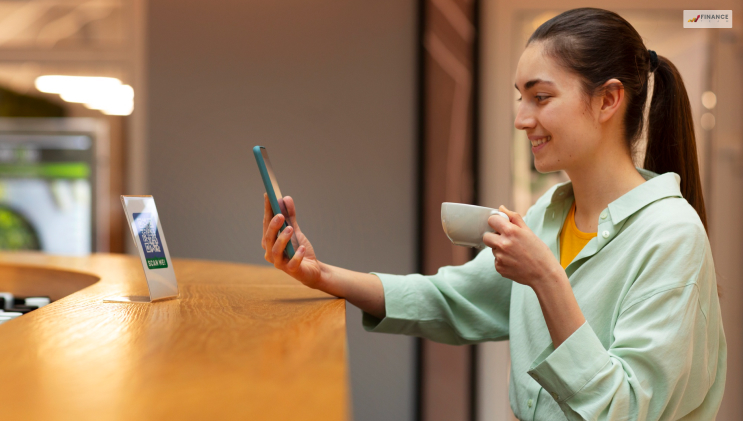
Millennials and Gen Z equally want better user experience. They also want convenience and personalization during payment. Moreover, they want financial freedom. Experts say that those born post 1995 have used versatile technology. As a result, they are easily connected to the latest trends in upgraded technology.
Millennials and Gen Zs of the USA annually make purchases worth $350 billion. As a result, their payment preferences have become a trend. By 2030, their income will be $33 trillion. Therefore, most businesses will try to adapt to their favored payment methods.
Why Millennials and Gen Z Prefer Digital Wallets?
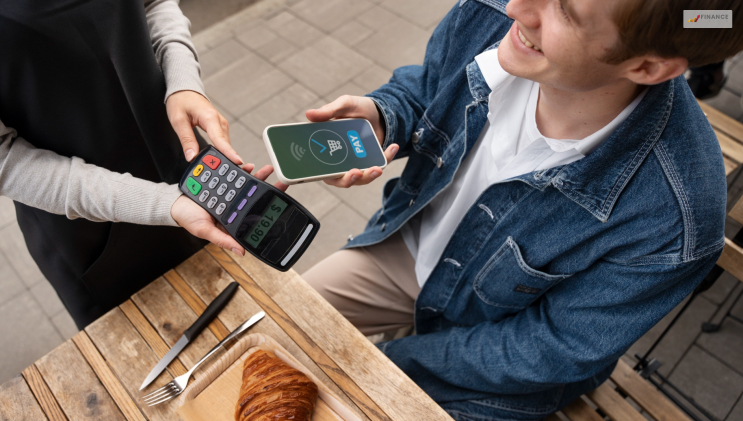
Digital wallets include all four features that most Millennials and Gen Z want. We have personalized payment channels for all digital payment gateways. For instance, there is a unique QR code and payment webpage for every user. Moreover, instant payment, simple and effortless transactions, and cashless payments make the process convenient.
Digital wallets are also popular in the gig economy. It allows people to accept small merchant payments. Many digital wallets allow people to open merchant accounts. Hence, digital wallets also contribute to the financial freedom of Millennials and Gen Z.
Most millennials and Gen Z people prefer contactless payment. They frequently use their phones to pay. Otherwise, they use their contactless cards. Gen Z millennials also use wearable devices for contactless payment.
More than 50% of millennials avoid grocery shopping from stores without contactless payment options. Moreover, they want access to a variety of payment options. Digital wallets solve this need, too.
In the USA, there are many popular wallet options. The most popular ones are Apple Pay, PayPal, Venmo, and Google Pay, among others.
Challenges facing Millennials and Gen Z: Security and Privacy Concerns
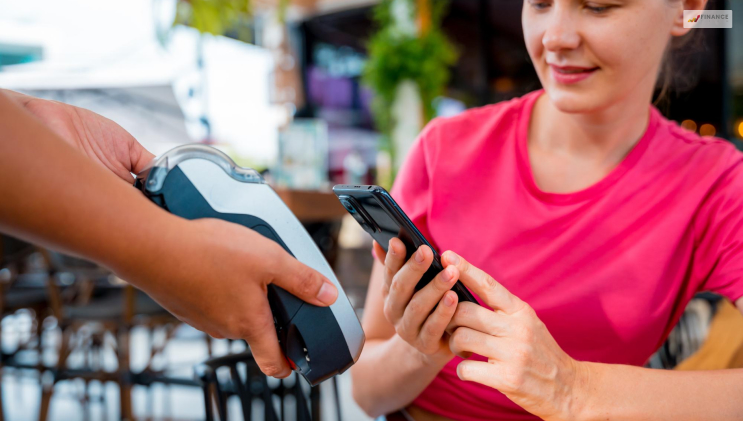
The trust of milenials and gen z on contactless payment is increasing daily. However, security and privacy concerns threaten the disruptive growth of the contactless payments ecosystem.
In many instances, digital payments fail. Funds are deducted but not deposited into the merchant’s accounts. These are due to malware attacks on a user account. However, the compromise of user details is an even bigger security fraud.
You will occasionally find deep fake online payment request links on your mobile. In most cases, hackers are trying to breach your encrypted digital wallets. People without an idea about them would easily be cheated.
Consequently, gen z and millennials expect payment aggregators to build powerful algorithms to keep hackers away. But, there are many concerns that you should not ignore. In 2021, Flagstar Bank’s database was hacked.
As a result, data of 1.5 million customers (about the population of West Virginia) was compromised. In 2024, The Bank of America faced ransomware attacks. The attackers stole customers’ data.
Why Millennials and Gen Z Trust Biometrics?
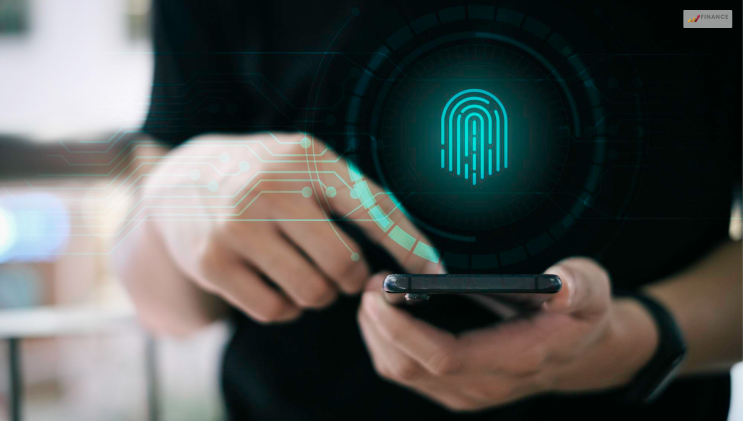
Most millennial and gen z prefer the method of biometric authentication. Some common means of biometric payment are fingerprint scanning and facial recognition. Experts from Fintechbuzz say that Gen Z prefers it because it makes their shopping experience smooth, secure, and fast.
Juniper Research found that about $3 trillion worth of biometrics-based transactions will occur by 2025. The consumer behavior of millennials shows that credit cards are old school. 34% of them think this way.
Millennials also trust vendors like Apple Pay more. Americans have already used biometric scanning to secure personal data on mobile phones. So, they trust this method for payments.
Previous studies found that millennials gen z want more personalization in their payment methods. This is the main reason why they prefer biometrics. This payment gateway mostly uses the fingerprint or voice of customers to authenticate them before payments. As a result, the process is highly personalized.
Biometric payments also come with a two-factor securing method. To ensure a transaction, you need to enter an OTP after giving your fingerprint. For more details on the security features of biometric payments, read articles on Biometric Authentication in Contactless Payments.
Above all, the risk of identity fraud is limited through biometrics. Many hackers clone IDs and passwords. But it is rather impossible to get hands on the fingerprint. So, we can consider biometrics to be a future-proof technology. No doubt, the millenials and gen z would like such advanced technology.
BNPL as a Popular Method of Contactless Payment
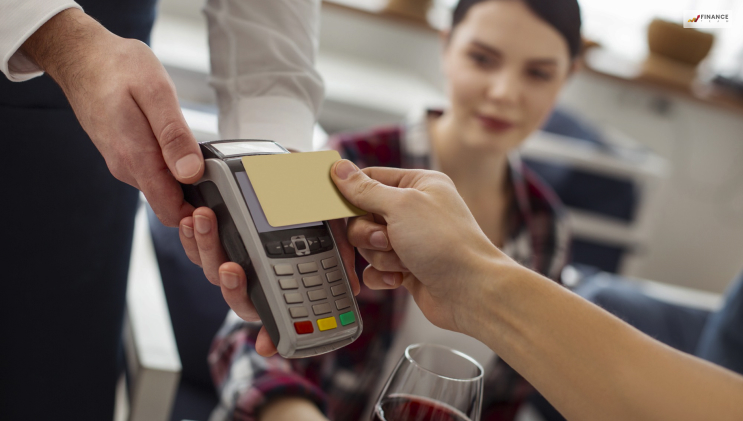
Most Millennials and Gen Z have access to one or multiple BNPL accounts. It’s trendy among them. BNPL is an acronym for “Buy Now Pay Later”.
These are not typical credit services of traditional banks. Many NBFCs in America issue BNPL facilities to Millennials and Gen Z customers. Some popular brands include AfterPay, PayPal, Sezzle and others.
There are two benefits of the same method. Firstly, it makes payment more secure. You do not need to make an online payment every time you buy. You can get a credit limit based on your credit history. Then, you can use the limit to pay at any online PoS.
As you exhaust your limit, you pay back the credit vendor. As a result, your points of contact with foreign payment gateways are reduced.
Secondly, millennials get the option of EMI payback over BNPL apps. They can customize the EMI options. As a result, they get the chance of personalization, which they love the most.
BNPL apps perform the same way digital wallets do. The only difference is that it gives a credit line to customers. Also, it does not use the customer’s banking data to make the payments each time.
Environmental Consciousness Increasing Contactless Payments Among Millennials and Gen Z
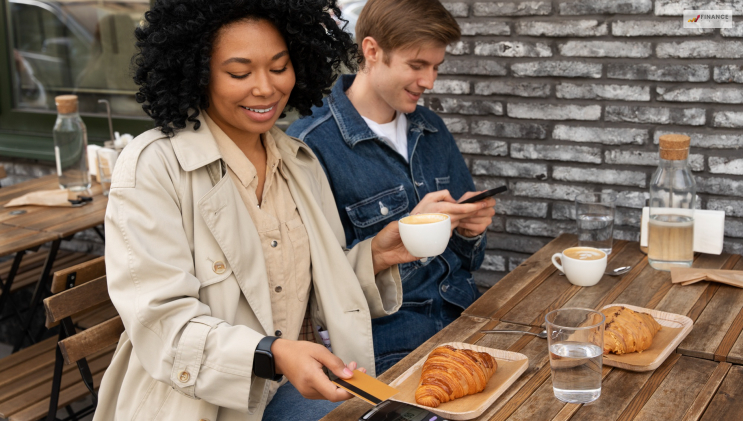
Millennials and Gen Z are concerned about sustainability. They prefer to make sustainable choices when shopping. They want their pay to be sustainable, too.
Contactless payments are cashless. As a result, the paper required is curtailed here. Moreover, the paper needed to print receipts after cash payment is also avoided. Digital payments also mean less human interaction. As a result, the number of employees required has also been reduced. When you must employ fewer resources, you must also deploy fewer resources. As a result, you create a positive ecological impression.
Importance of contactless limits for Millennials and Gen Z
Contactless payment limits check the reckless expenses of Millennials and Gen Z. The limit refers to an upper ceiling of the amount that can be spent without personal verification. In many instances, Millennial and Gen Z customers pay from parental accounts. When they need to authenticate their payment with a signature, fingerprint, or pin, they need confirmation from others. The limit is also essential for self-checking expenses.
Experts say that contactless limits can safeguard customers from payment fraud, too. There are different contactless payment limits for various banks and countries. In the UK, it is $100. For Germany, it was 50€, the same as France, Italy and Spain. However, American banks do not impose any such ceilings. The concept of contactless limits is not very popular here.
Wrapping Up……..
Most contactless payment vendors are trying to match the demands and interests of the Millennials and Gen Z customers. That is why all digital payment preferences are listed over a simple UI in Apple Pay. Such apps are highly customizable as well.
Contactless payments are significant for a seamless payment experience. But millenials gen z like them, due to cash handling challenges. In conclusion, the trend shows that digital wallets, BNPL apps, and online payment apps like Apple Pay and Google Pay are their favorites. Continuous technical disruption may increase the popularity of unique payment methods like fingerprint payment in the USA. But the popularity of digital wallets is unchallenged, as of now.
For More Financial Articles Click Below!!









